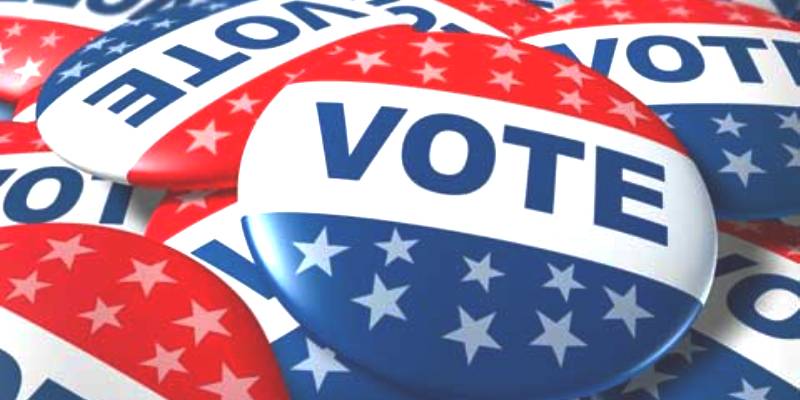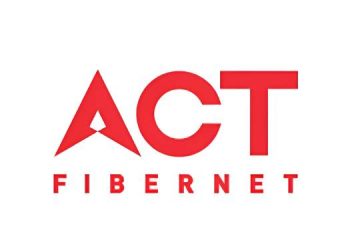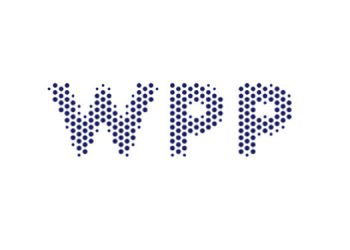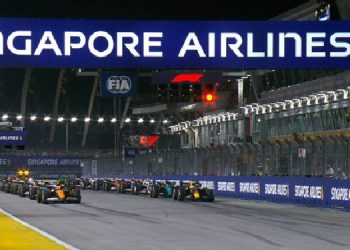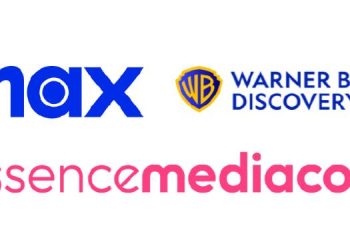Research from Borrell Associates, published in Forbes claimed that over half of all US presidential election digital media spend will be funnelled into social media websites such as Twitter and Facebook.
With political advertising in 2016 set to hit $11.4bn – a fifth more than 2012 – digital media will breach $1bn for the first time. The digital spend represents a 576 per cent increase on 2012’s $22.25m outlay.
Over half of this budget is expected to be invested in social media advertising on Twitter and Facebook, supplemented by their growing targeting options. Twitter’s ‘tailored audiences’ ad targeting tool is one such option, enabling candidates to reach out to select demographics with targeted tweets.
This time around, both Facebook and Twitter also boast autoplay video ads, which could be adopted by those seeking the top job in the White House.
Despite the rising prominence of social networks, the report concluded that Google will still be one of the main benefactors of increased digital budgets.
Despite increase in Digital ad spend, still television continues to remain the dominant platform for reaching the biggest-possible audience of voters. According to Federal Communications Commission filings, television spending on the 2016 presidential race was already up nearly 900% in mid-August compared with the same period in 2012.
Kantar Media predicts overall television ad spending in 2016 will reach $4.4 billion, up 16% on 2012, citing the channel as the best for reaching that segment of the population who are not actively seeking out political information.
The gap between television and digital will lessen in time. Borrell Associates suggests spending online could jump to $3.3 billion in the 2020 US presidential election, taking a major chunk from television.

